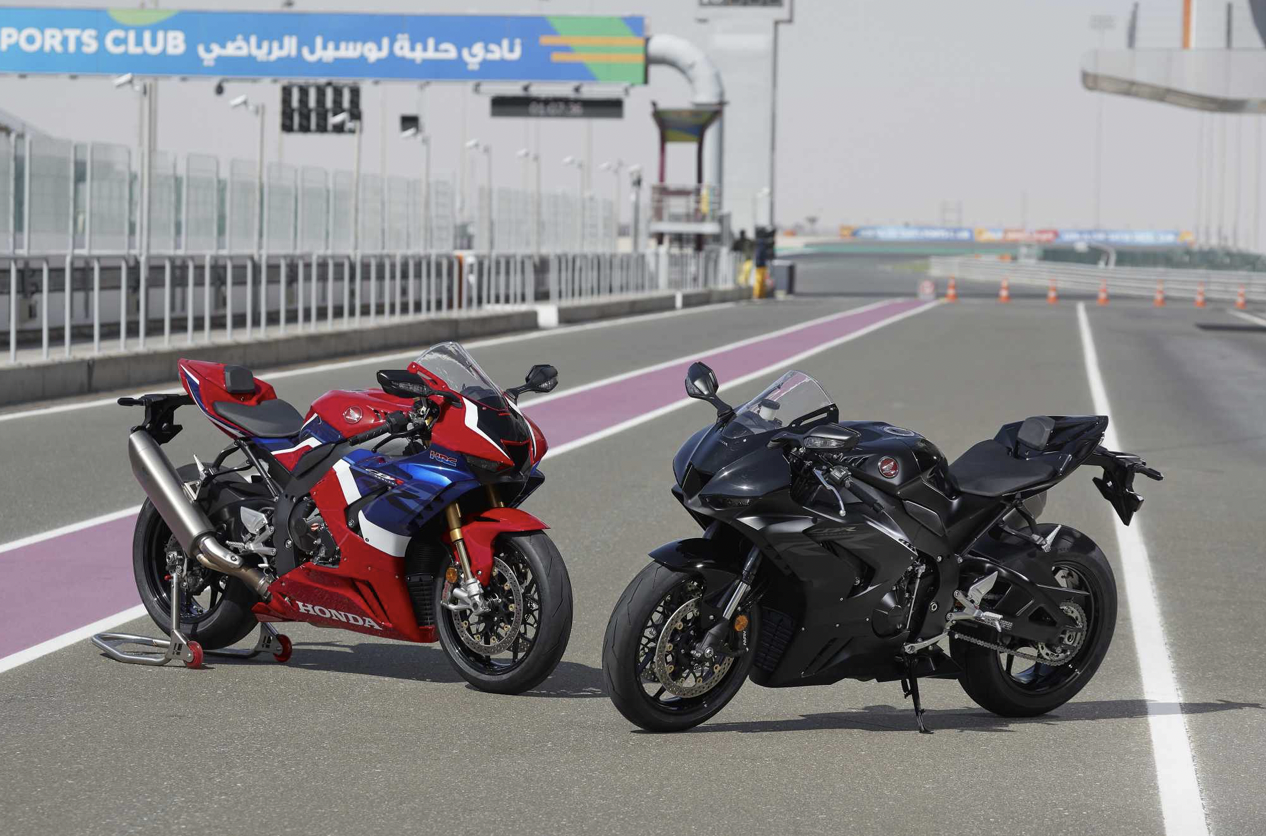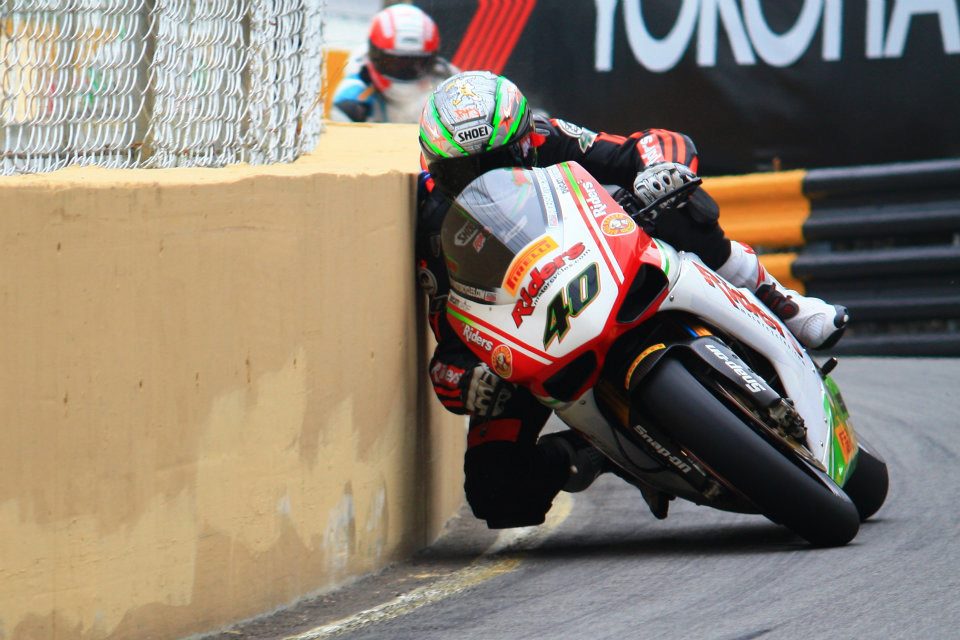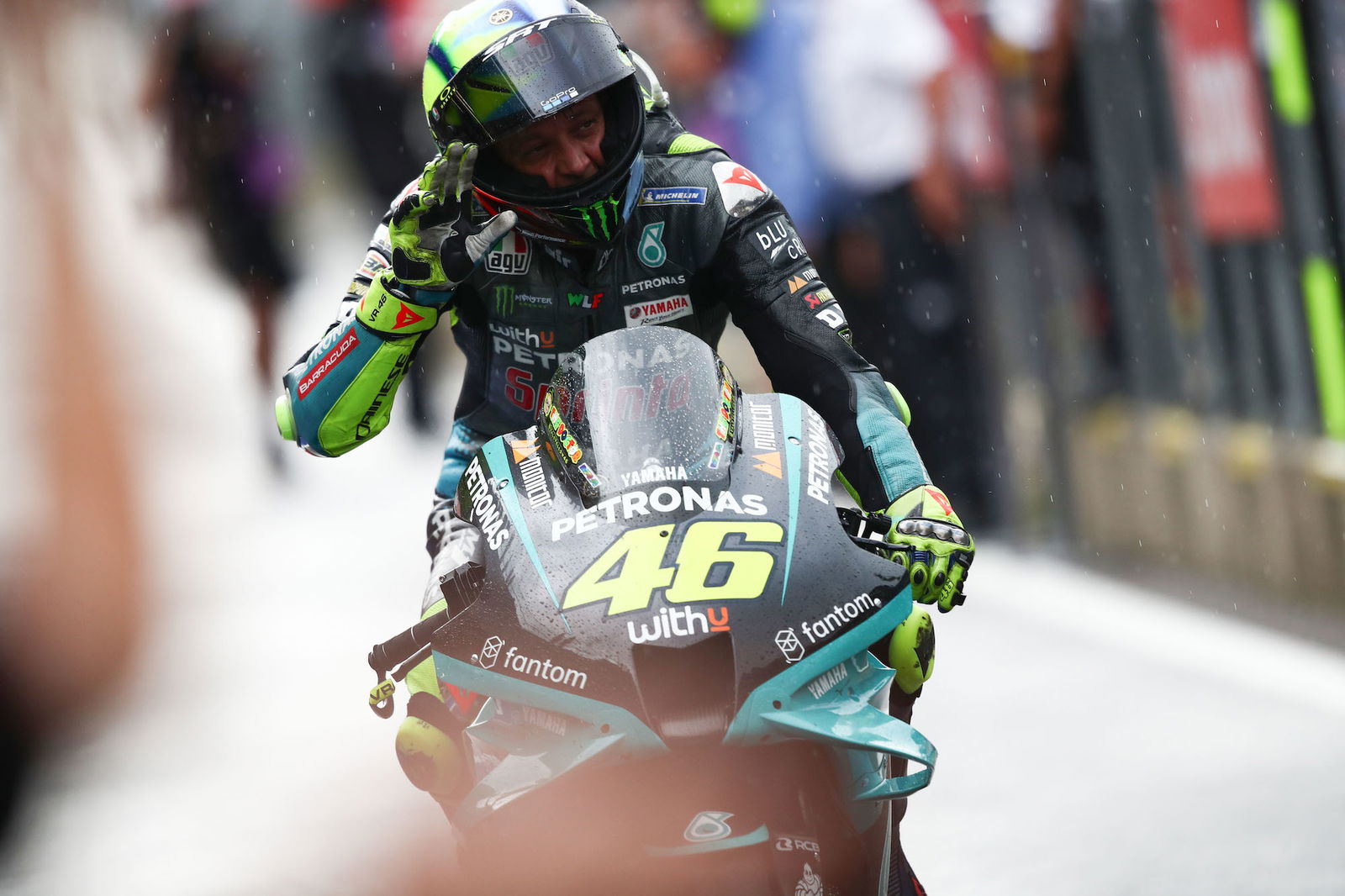From track to road: Harnessing top tech to create the ultimate Honda Fireblade
Honda isn't just competing in MotoGP for silveware and glory... it's to develop new innovations to inspire models like the Honda CBR1000RR-R Fireblade
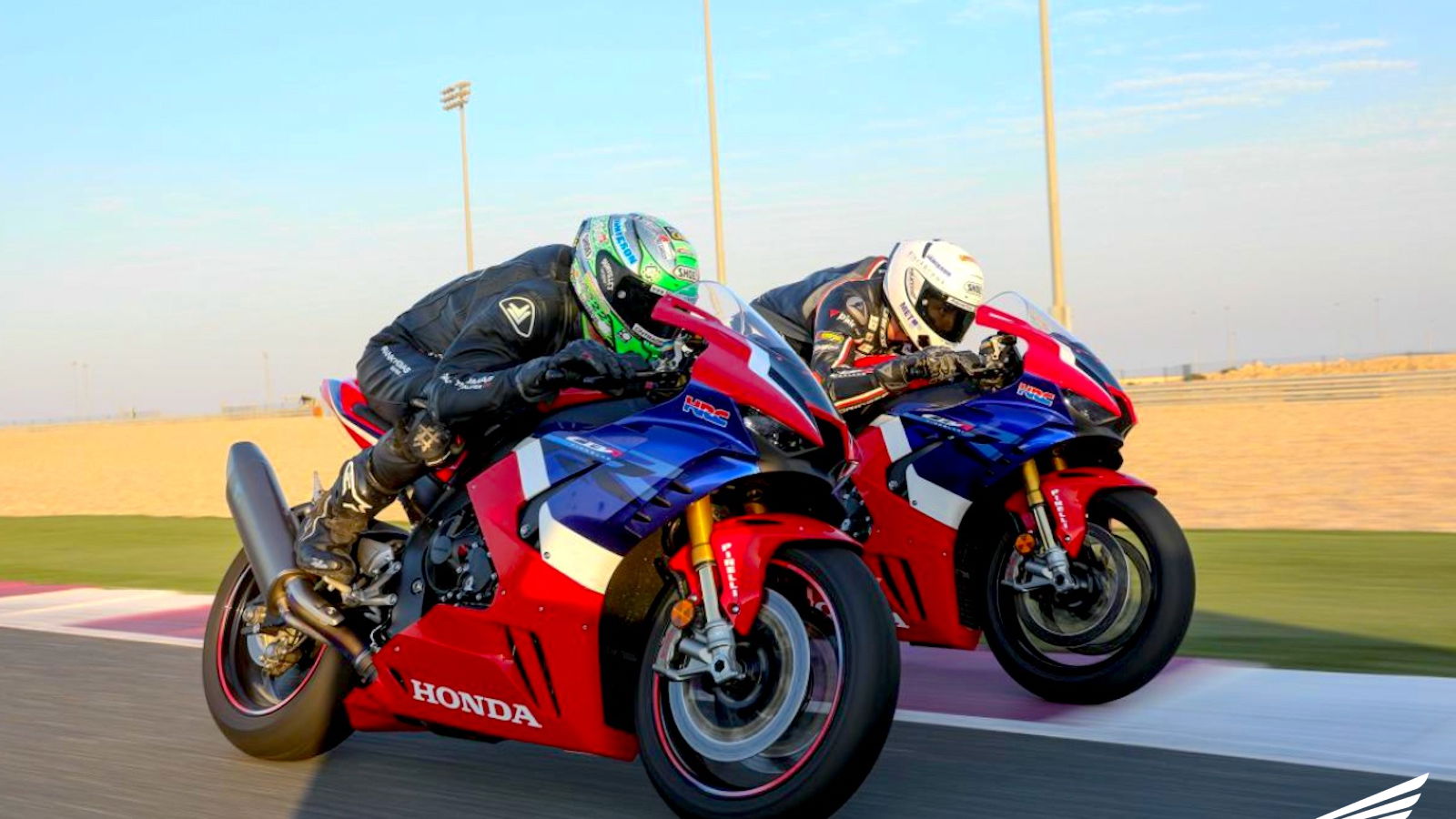
THE Honda Fireblade has and always will be a motorcycle that sits at the pinnacle of the sports bike segment, with the current CBR1000RR-R now the seventh generation of an iconic family tree.
Introduced in the early 1990s and designed by the legendary Tadao Baba, the first Fireblade was built around the mantra of ‘total control’ - translated as a performance model as capable of ripping up the Tarmac as it is popping out for a pint of milk - and proved to be a step change in sports motorcycle design.
Fast forward to present day, and the latest generation of the iconic CBR has again stepped up the game in terms of outright performance, handling, and control in the sport bike segment.
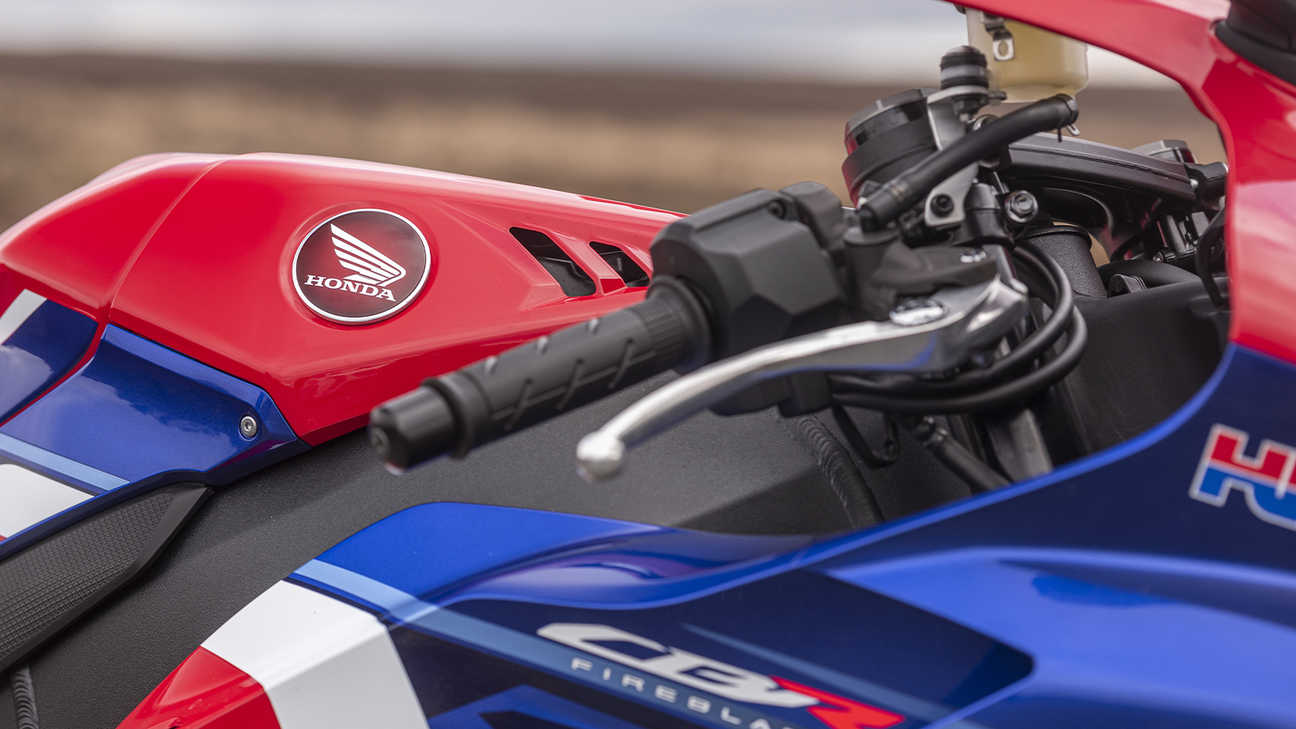
To do this, Honda turned to one of the most successful racing motorcycles in history for inspiration, borrowing design techniques and technology from the RC213V-S, dubbed as the firm’s very own road-going MotoGP machine.
With the latest generation Fireblade, the total control mantra has changed slightly, with Honda’s engineers now aiming for ‘total control on track’. To achieve this, Honda utilised knowledge gleaned in the MotoGP World Championship for the engine, chassis and even the bodywork, helping to create the highest performing Honda Fireblade ever released.
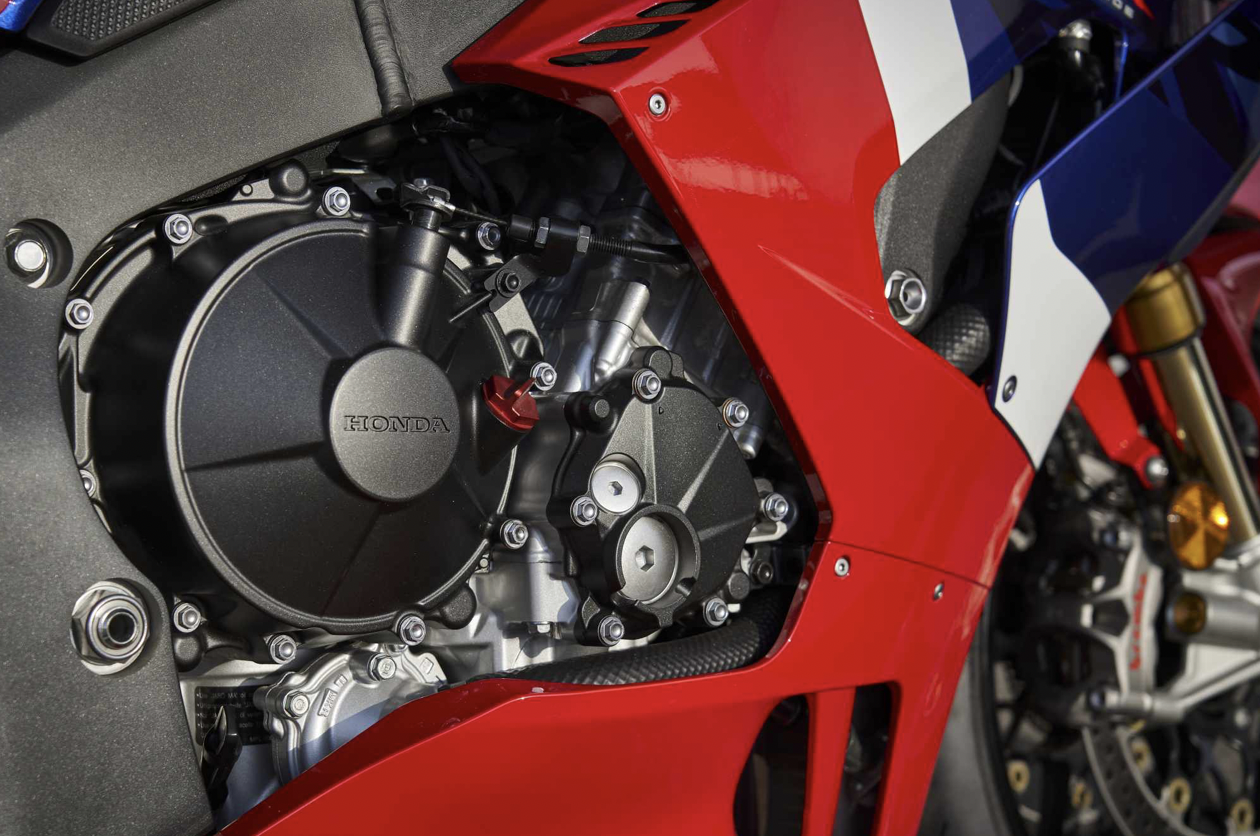
Honda’s MotoGP engine secrets for the road
The heart of any motorcycle is the engine, and from the start Honda’s goal was to produce the most powerful Fireblade to date. The result is a four-cylinder engine that have all of its ‘pots’ in a line, but actually has more in common with the MotoGP bike’s V4 than you might think.
The two units share the same over square bore and stroke (81mm & 48.5mm), something that allowed the new bike to utilise MotoGP-derived throttle bodies, air intake, airbox, exhaust, and combustion chambers. Likewise, the major internal components of the bike including the Titanium con-rods (50 percent lighter than before), pistons, and camshafts have all been given the HRC treatment.
The new bike features a semi-cam gear train and finger-follower actuation, and the diamond like coating (DLC) on the camshaft and lobes helps to reduce internal friction by 35 percent, with cam-train inertia also reduced by 75 percent. These changes alone are key to helping the latest generation Fireblade reach its ethereal 14,500rpm redline.
All told, the powerplant nestled in the frame of the latest generation CB1000RR-R makes a staggering 214bhp at a heady 12,500rpm. Not only is it the most powerful normally aspirated inline four-cylinder engine produced, it makes 25bhp more than the previous generation, and an astounding 92bhp more than the original SC28 Fireblade.

Total Control for the Track
One of the components that allowed Honda to really unlock the handling potential of the new Fireblade is its engine. Its compact dimensions make it the perfect place to begin honing the bike’s chassis.
Created around a philosophy of mass centralisation, the new Fireblade isn’t just about having a lightweight motorcycle, it’s about having that weight in just the right place.
This particularly applies to the frame, with an all-new aluminium diamond frame that was created for the bike. To aid cornering at high lean angles, the frame has been optimised and tuned with 18 percent more vertical and nine percent more torsional rigidity.
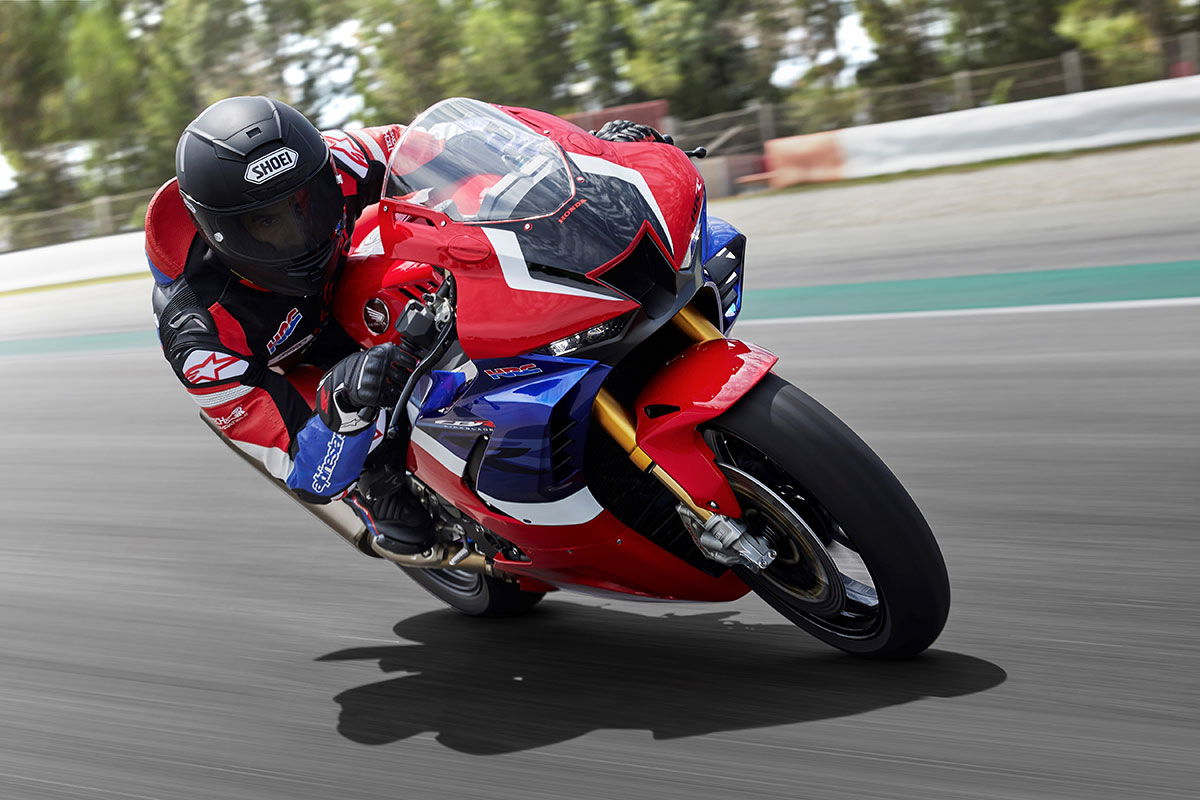
To aid feel and feedback, essential for giving the rider the tools to ride fast on track, horizontal rigidity has actually been reduced by 11 percent – effectively dialling in some flex to the bike. The result is one of the sweetest handling production motorcycles on the planet.
Two-time Isle of Man TT winner Gary Johnson referred to this bike as having the best 1,000cc chassis he’d ever ridden. And he knows a thing or two about going fast on road and track.
The rear of the engine doubles as a shock mount, helping to reduce weight, and the swingarm of the bike is 30.5mm longer than the 2017 CBR1000RR. It too is inspired by the design of the item fitted to the RC213V and improves stability without impacting agility.
For the riding position of the bike, Honda looked at the entire motorcycle and rider as a single package that need to be optimised – as opposed to the thinking of the two parts separately. The seat of the bike the 810mm (10mm higher than before) with lower handlebars and footpegs that are higher and further back. The fuel tank is lowered, and the screen also has a low angle of rake, both of which help to reduce the frontal area of the machine and rider.

Aero inspired by a winning MotoGP formula
While it is easy to notice the big pieces that make up the bike’s aero package, it’s the smaller details that take longer to notice. The rear hugger is a minimalist design that is reduces drag by allowing air to bubble up between the wheel and the swingarm.
The small simples on the outside of the front mudguard help to channel air into the cooling system, and the slits on either side of the upper fairing are designed to improve the feel when turning the bike.

We can’t talk about the latest Honda Fireblade without mentioning it winglets. Fairing aerodynamics are the battle ground in modern sports bike design, although the solution applied to the CBR1000RR-R is significantly more elegant than on some other machines.
Honda opted to package the winglets on the Fireblade within ducts to help concentrate the airflow across them. The result is an aero package that equals that of the RCV213V MotoGP machine, despite having a small overall wing area.
The design helps to reduce wheelie under acceleration, while increasing stability under braking and corner entry. The result is one of the most stable and usable front-ends of any sports bike on the market.
